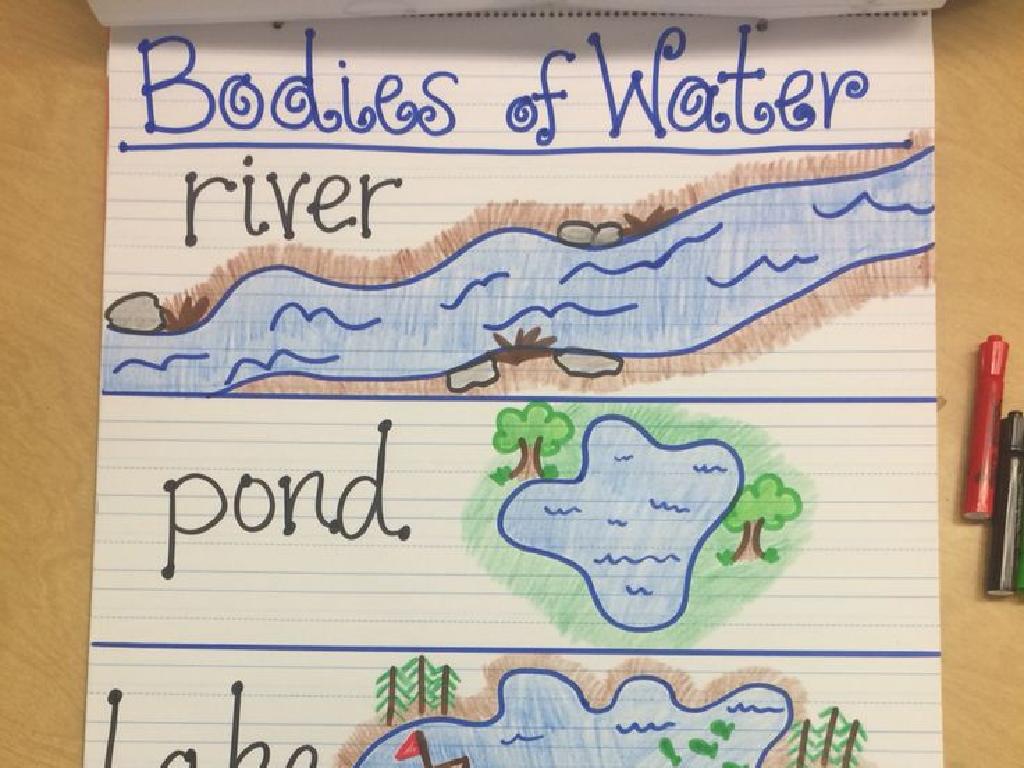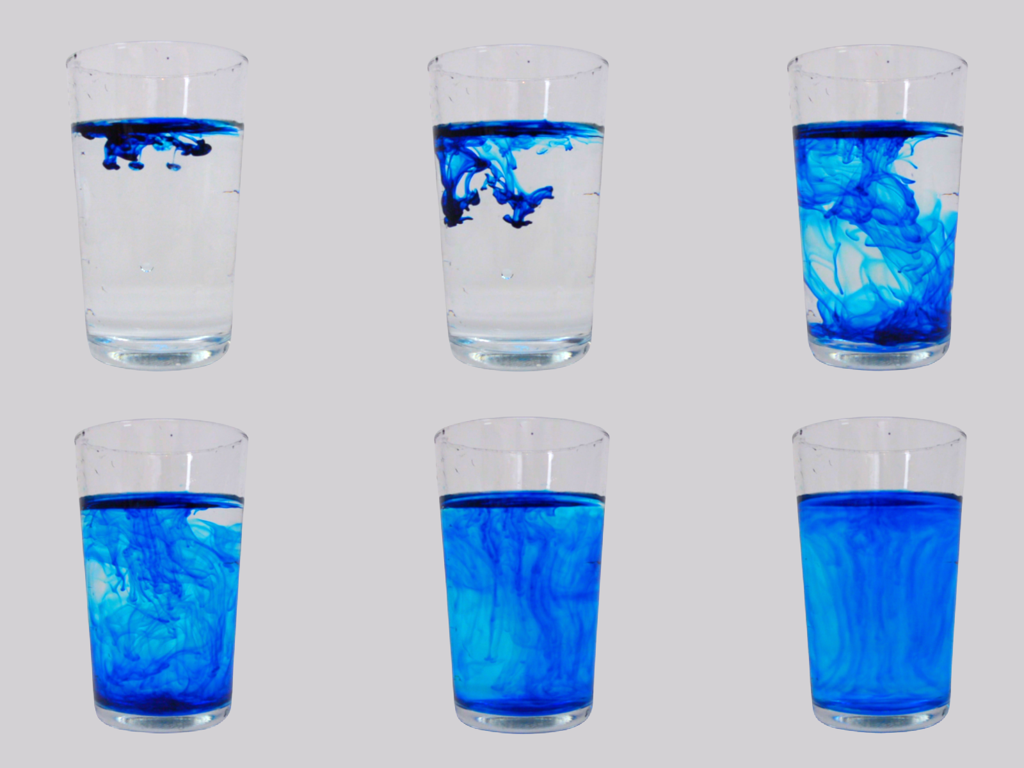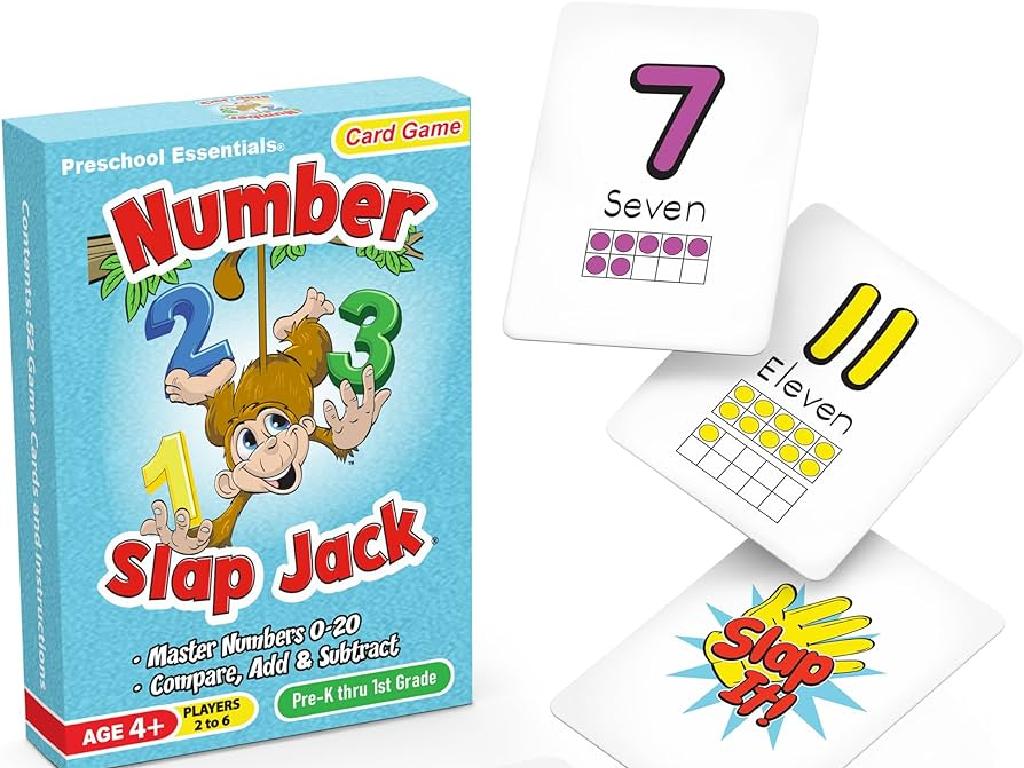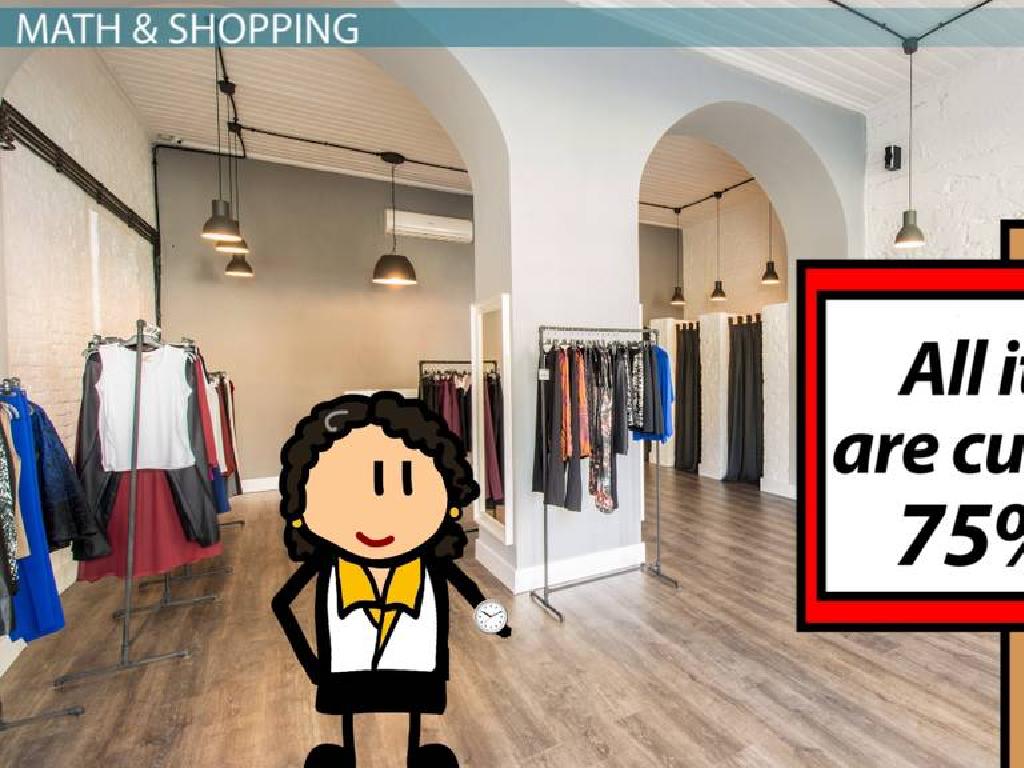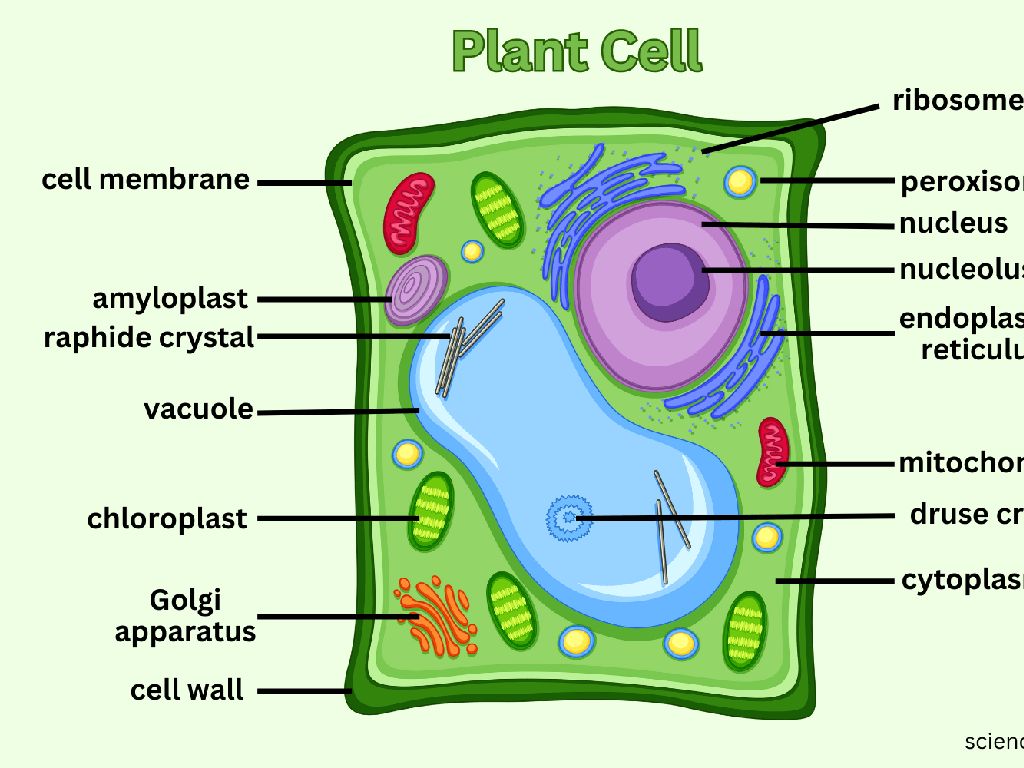Use Adjectives With More And Most
Subject: Language arts
Grade: Fourth grade
Topic: Adjectives And Adverbs
Please LOG IN to download the presentation. Access is available to registered users only.
View More Content
Exploring Adjectives: Describing Our World
– What are adjectives?
– Words that describe nouns, like ‘fast’ in ‘fast runner’
– Adjectives add detail to sentences
– They tell us more about size, color, feeling, etc.
– Examples: big, happy, blue
– ‘Big’ for size, ‘happy’ for feeling, ‘blue’ for color
– Practice using descriptive words
|
This slide introduces the concept of adjectives to fourth-grade students. Begin by explaining that adjectives are words used to describe or modify nouns, giving us more information about the object or person being talked about. Emphasize that adjectives can describe qualities such as size, color, shape, and feeling. Provide simple, relatable examples that the students can easily understand and relate to. Encourage the students to think of their own examples of adjectives and use them in sentences. This will help them grasp the concept of adjectives and how they add flavor to our language. The practice activity could involve students describing objects in the classroom or their favorite things using adjectives.
Comparative Adjectives with ‘More’
– ‘More’ for comparing two things
– Use with longer adjectives
– Adjectives with two or more syllables
– Example: ‘more expensive’
– The blue car is more expensive than the red car.
– Classroom comparison activity
– Pick an adjective and compare two classroom objects.
|
This slide introduces the concept of comparative adjectives using ‘more’ for adjectives that are longer, typically with two or more syllables. Provide students with the example given and explain that ‘more’ is used to show the difference in quality or quantity between two items. For the classroom activity, encourage students to think of an adjective and use it to compare two items in the classroom, such as ‘The whiteboard is more spacious than the book.’ This will help them understand how to use ‘more’ in a practical context and see how adjectives can change when comparing things.
Superlative Adjectives: Using ‘Most’
– ‘Most’ with three or more items
– Example: summer is the most hot
– When many things are compared, the highest degree is ‘most hot’
– Practice with different items
– Pick three things like fruits, and describe one with ‘most tasty’
– Use ‘most’ to show the extreme
– ‘Most’ indicates the top degree among many options
|
This slide introduces the concept of superlative adjectives to the students, emphasizing the use of ‘most’ when comparing three or more items. The example provided helps illustrate the concept. For the practice activity, students should think of three items they can compare and then use an adjective with ‘most’ to describe the one that stands out the most in a particular way. Encourage creativity and ensure they understand that ‘most’ is used to express the highest degree of a quality. The teacher should prepare to guide students through the practice activity, helping them form correct sentences and understand the concept of superlative adjectives.
Using ‘More’ and ‘Most’ with Adjectives
– Rules for ‘more’ and ‘most’
– Use ‘more’ for 2 things, ‘most’ for 3 or more
– Special adjectives forms
– Some adjectives change form, not ‘more’ or ‘most’
– ‘happy’ to ‘happiest’ example
– Instead of ‘more happy’, say ‘happier’
– ‘large’ to ‘largest’ example
– Instead of ‘more large’, say ‘larger’
|
This slide introduces the comparative and superlative forms of adjectives using ‘more’ and ‘most’. Teach students that ‘more’ is used when comparing two items, while ‘most’ is used when comparing three or more items. However, not all adjectives follow this rule; some have unique forms that change the word itself, such as ‘happy’ becoming ‘happier’ for comparative and ‘happiest’ for superlative. Similarly, ‘large’ becomes ‘larger’ and ‘largest’. It’s important to highlight that these special forms are often used with short, common adjectives. Provide additional examples and encourage students to come up with their own. Practice exercises could include identifying the correct form of adjectives in sentences and creating sentences using both types of adjectives.
Adjectives: Exceptions to the Rules
– Some adjectives are irregular
– ‘Good’ becomes ‘better’, not ‘more good’
– ‘Best’ is the superlative form of ‘good’
– ‘Bad’ changes to ‘worse’, not ‘more bad’
– ‘Worst’ is the superlative form of ‘bad’
– Discover more irregular adjectives
– We’ll explore as a class and find other examples
|
This slide introduces students to irregular adjectives, which do not follow the standard ‘more’ and ‘most’ rules for comparative and superlative forms. Use ‘good, better, best’ and ‘bad, worse, worst’ as primary examples to show how some adjectives change form completely. Encourage students to think of other adjectives they know and to consider how they might be irregular. Plan a class activity where students can work in groups to find and share examples of irregular adjectives, reinforcing their understanding through collaboration and discussion.
Activity Time: Descriptive Challenge
– Pick an object in our classroom
– Use ‘more’ to describe your object
– Example: The plant is more green than the desk
– Use ‘most’ to describe your object
– Example: This is the most colorful map in the room
– Get ready to share with everyone
|
This activity is designed to help students practice using comparative and superlative adjectives in a fun and interactive way. By choosing an object in the classroom, students can relate directly to their immediate environment, making the learning process more engaging. Encourage them to think creatively and come up with unique sentences that compare their chosen object with others. For instance, if a student picks a book, they might say ‘This book is more interesting than the others’ and ‘This is the most interesting book I’ve read.’ After writing their sentences, students will share them with the class, which will help build their confidence in using descriptive language. As a teacher, be prepared to offer guidance and ensure each student understands the concept of using ‘more’ for comparison and ‘most’ for the highest degree of a quality.
Review and Practice: Adjectives with ‘More’ and ‘Most’
– Review ‘more’ and ‘most’ usage
– ‘More’ compares two things, ‘most’ compares three or more.
– Partner practice in the classroom
– Pair up and pick objects to describe together.
– Describe items with ‘more’ and ‘most’
– Use ‘more’ for two items, ‘most’ for three or more items.
– Get ready for a quiz next class!
|
This slide is meant to consolidate the students’ understanding of comparative and superlative adjectives. Begin by reviewing the rules for using ‘more’ and ‘most’. ‘More’ is used when comparing two things, while ‘most’ is used when comparing three or more. Have the students pair up and look for items in the classroom they can describe using these adjectives. For example, ‘The blue marker is more vibrant than the black one’ or ‘The red apple is the most shiny of all the apples on the table.’ This activity will help them apply what they’ve learned in a practical setting. Lastly, inform the students about the upcoming quiz to encourage them to review the material at home.

